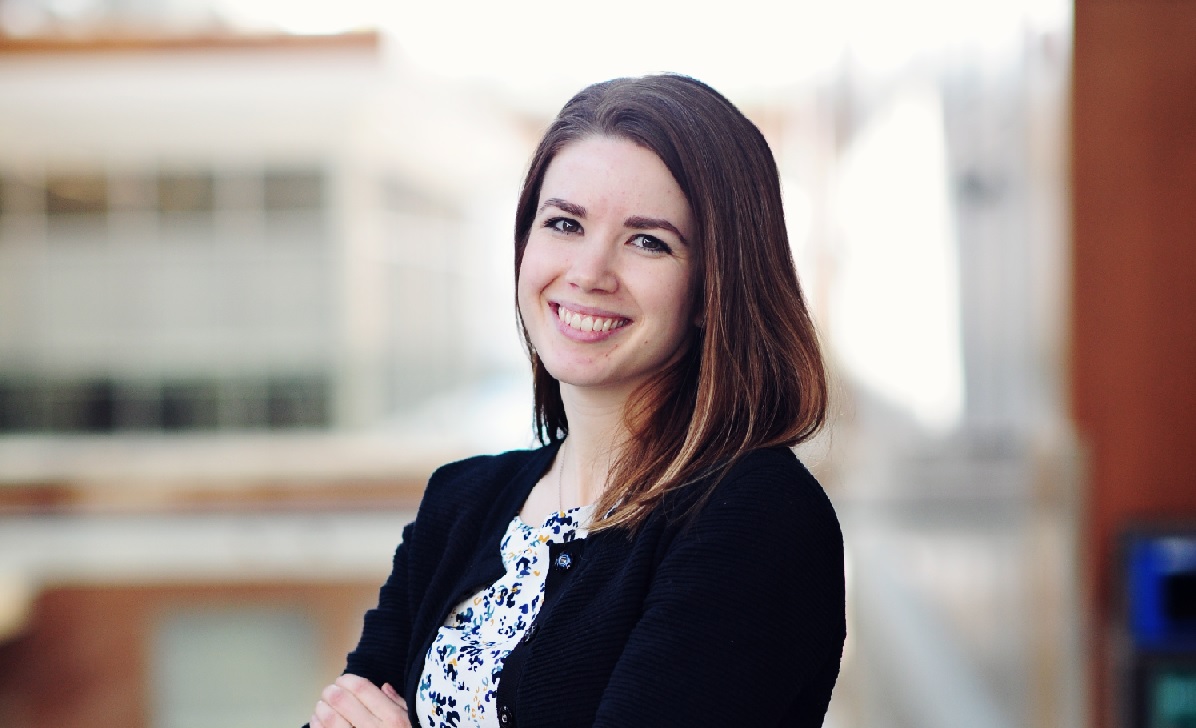
Clinical learning during COVID: Employee profile with Amanda Leddy
Simulated patient educator Amanda Leddy shares how the USask Clinical Learning Resource Centre (CLRC) adapted delivery of clinical training and assessment for health science students.
By Collin SemenoffBefore COVID, Leddy's role involved casting and training community members to work as simulated patients in a wide range of scenarios helping to teach and assess communication and clinical skills for health science students.
How did you spend your time during lockdown?
My partner and I juggled working from home with caring for our two-year-old daughter, so we were ecstatic when playgrounds reopened. I attended many meetings while watching her play outside. Much of my work focused on connecting with colleagues around the world to learn emerging best practice for delivering simulations remotely, supporting our Health Sciences partners as they adapted their curricula, and focusing on ongoing research projects.
What has changed since COVID-19?
Our program now delivers an increasing amount of simulations remotely and the simulated patients have very quickly learned how to do that. The biggest change for our on-campus work is finding creative ways to keep everyone safely distanced given the nature of work between students and simulated patients.
When did you return to campus?
In late-July, I was part of a team that returned to the CLRC to deliver in-person performance-based exams (Objective Structured Clinical Examinations or ‘OSCEs’) for students in the College of Medicine. You can imagine how challenging it may be to demonstrate and assess patient interaction and physical exam skills remotely, so the USask Pandemic Response Team granted permission after we implemented many new safeguards.
What is it like working on campus during the pandemic
Being back in the CLRC with students, simulated patients, faculty and staff feels almost normal. Some simulated patients have been working together for many years, so it’s wonderful to see everyone together again.
